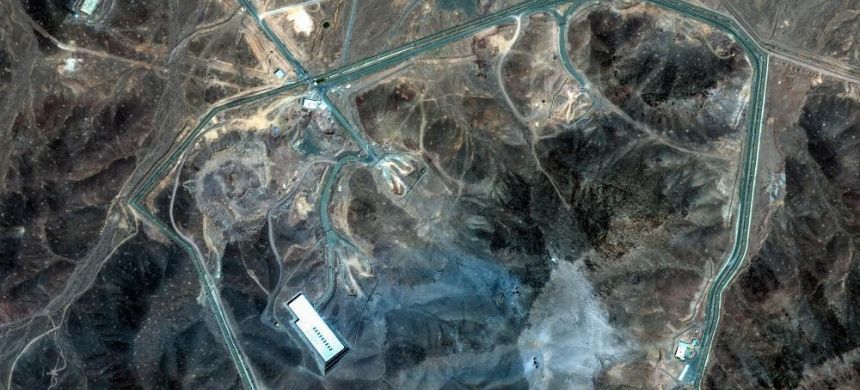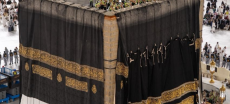U.S. President Donald Trump has refuted claims that Iran relocated enriched uranium prior to recent American airstrikes on key nuclear sites, calling the reports baseless.
The allegations, said to originate from a classified U.S. intelligence brief, have stirred debate over how effective the operation truly was in disrupting Iran’s nuclear program.
Read more: PIA Restarts Gulf Flights After Israel-Iran Ceasefire
Trump insisted the strikes were successful, stating there’s no proof that Iran transferred nuclear material before the attack. “There’s no indication the uranium was moved,” echoed White House Press Secretary Karoline Leavitt, adding that the targeted sites are now “buried under rubble.”
The U.S. military, alongside Israel, struck three primary Iranian nuclear facilities — Fordow, Natanz, and Isfahan — using B-2 stealth bombers and submarine-launched cruise missiles in an operation last Saturday. The assault followed rising tensions with Tehran in recent weeks.
However, a preliminary report from the Defense Intelligence Agency (DIA) presents a more restrained assessment. Sources familiar with the findings say Iran’s core nuclear infrastructure remains mostly intact, and the strikes may have delayed progress by only a few months. Intelligence suggests Iran may have successfully relocated several hundred kilograms of enriched uranium beforehand, and much of the centrifuge equipment may still be functional.
Iran, meanwhile, has remained firm. Deputy Foreign Minister Majid Takht Ravanchi told Germany’s Das Erste that uranium enrichment would continue, stressing that Tehran is operating within the Nuclear Non-Proliferation Treaty (NPT). “No one can dictate our course if we remain within our treaty limits,” he said.
As both sides stick to their narratives, analysts warn that Iran’s nuclear ambitions remain a long-term challenge, with the potential for renewed diplomatic or military action looming.











